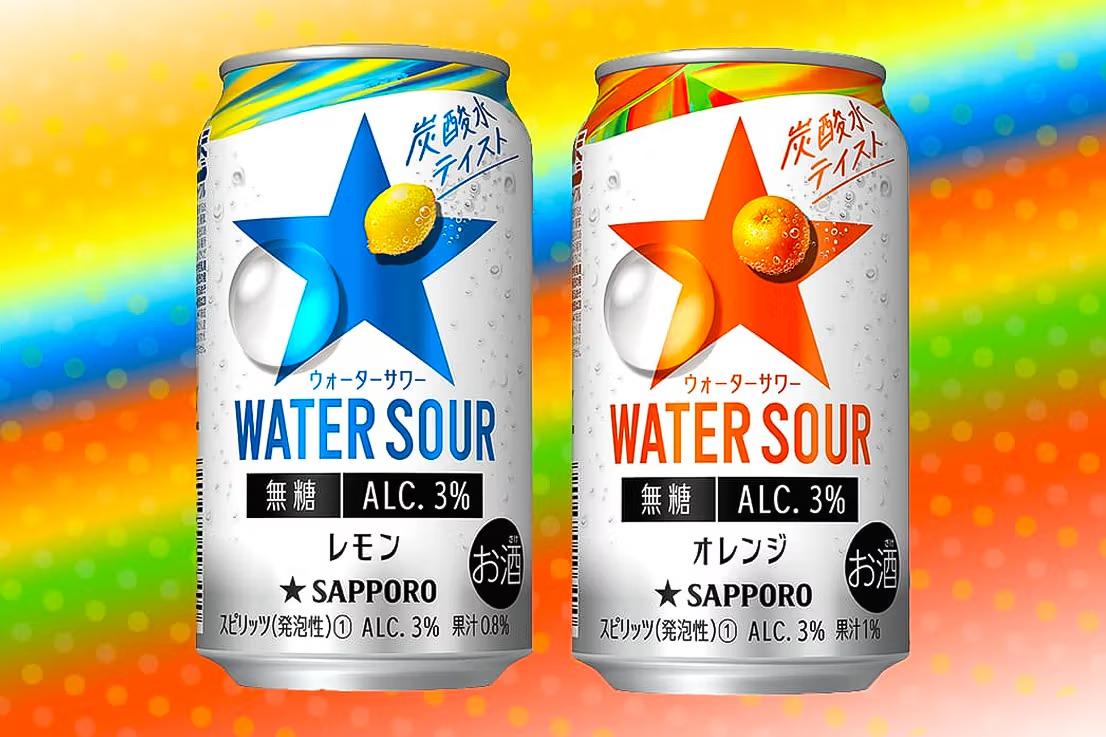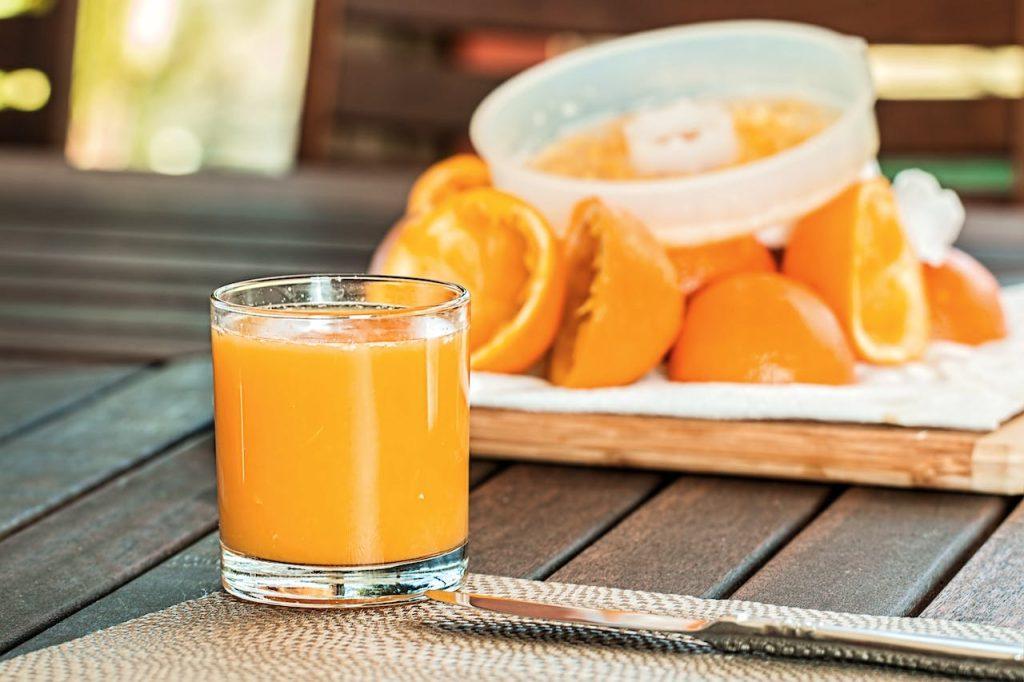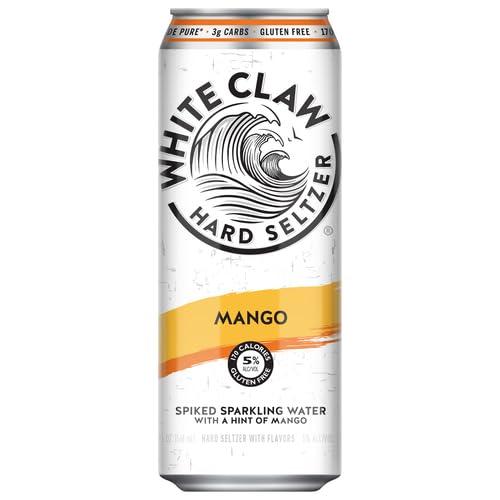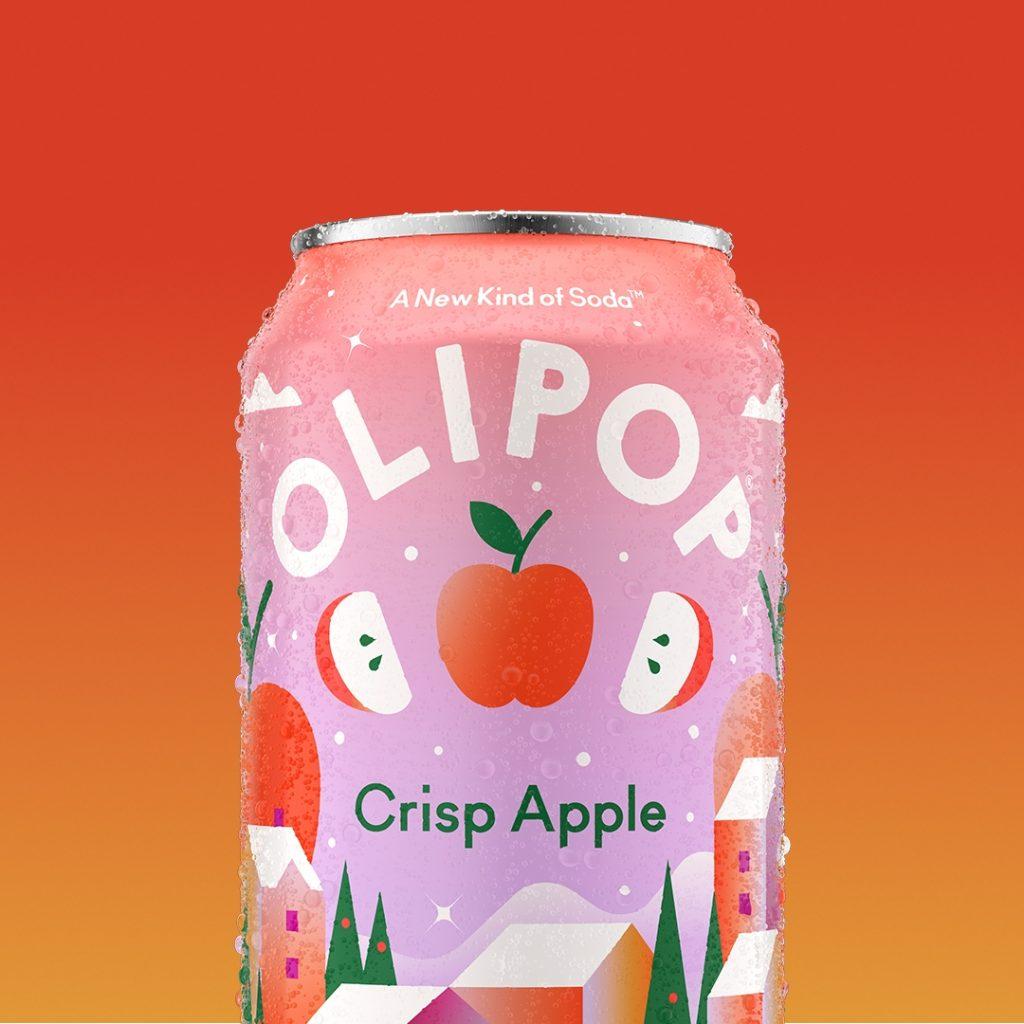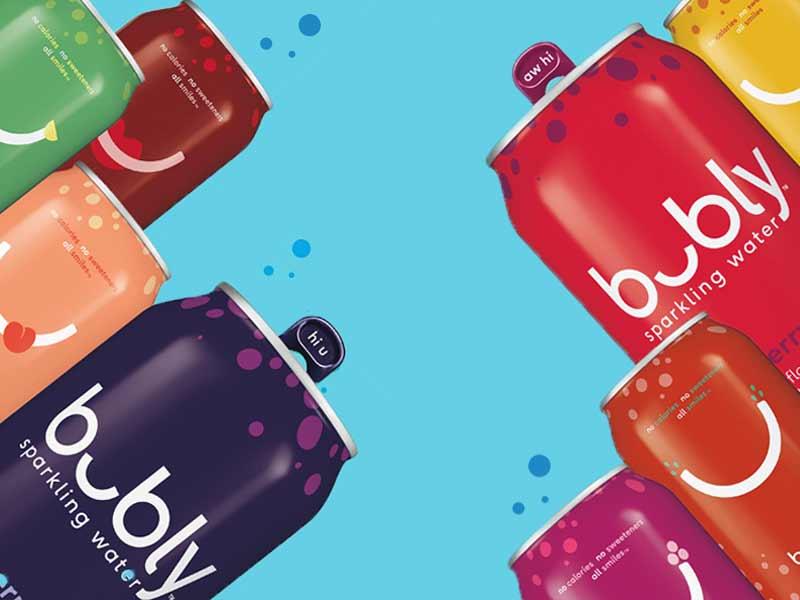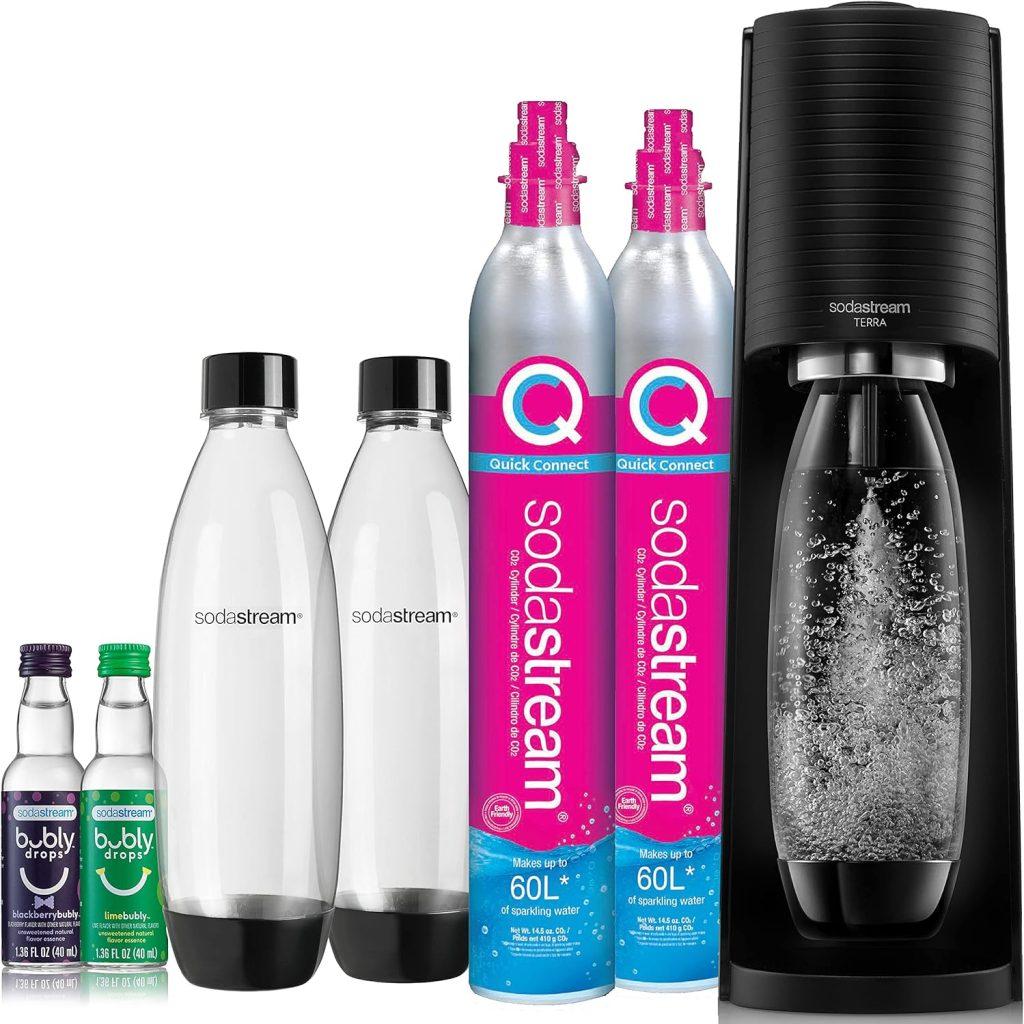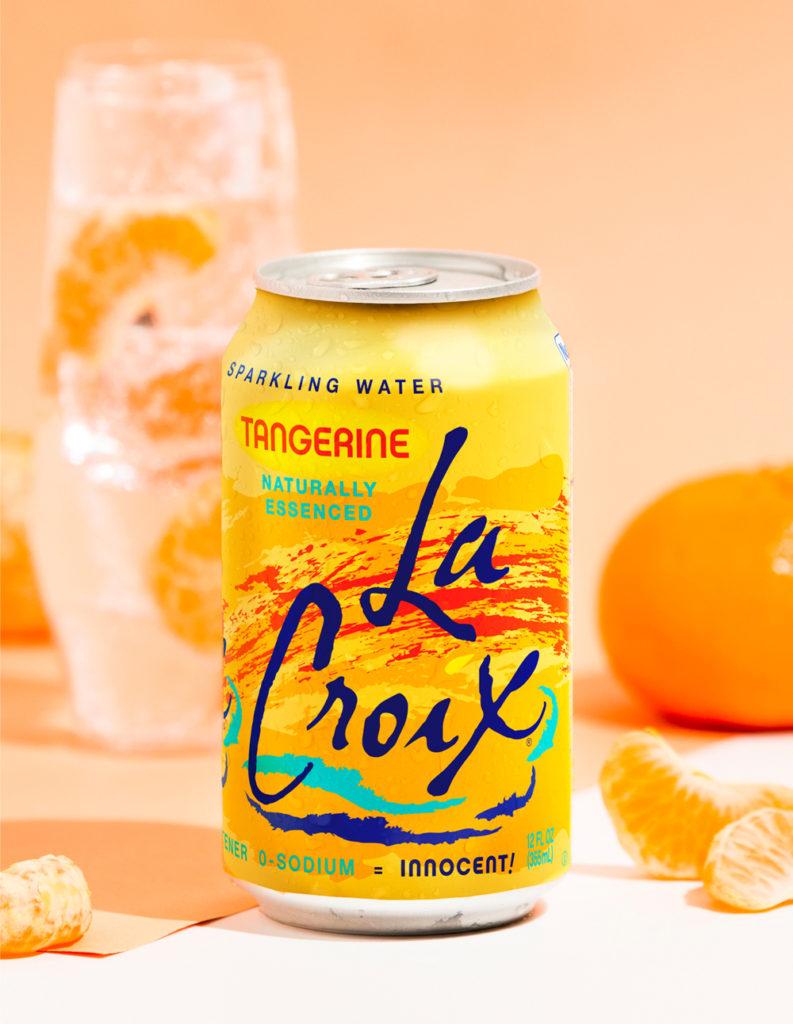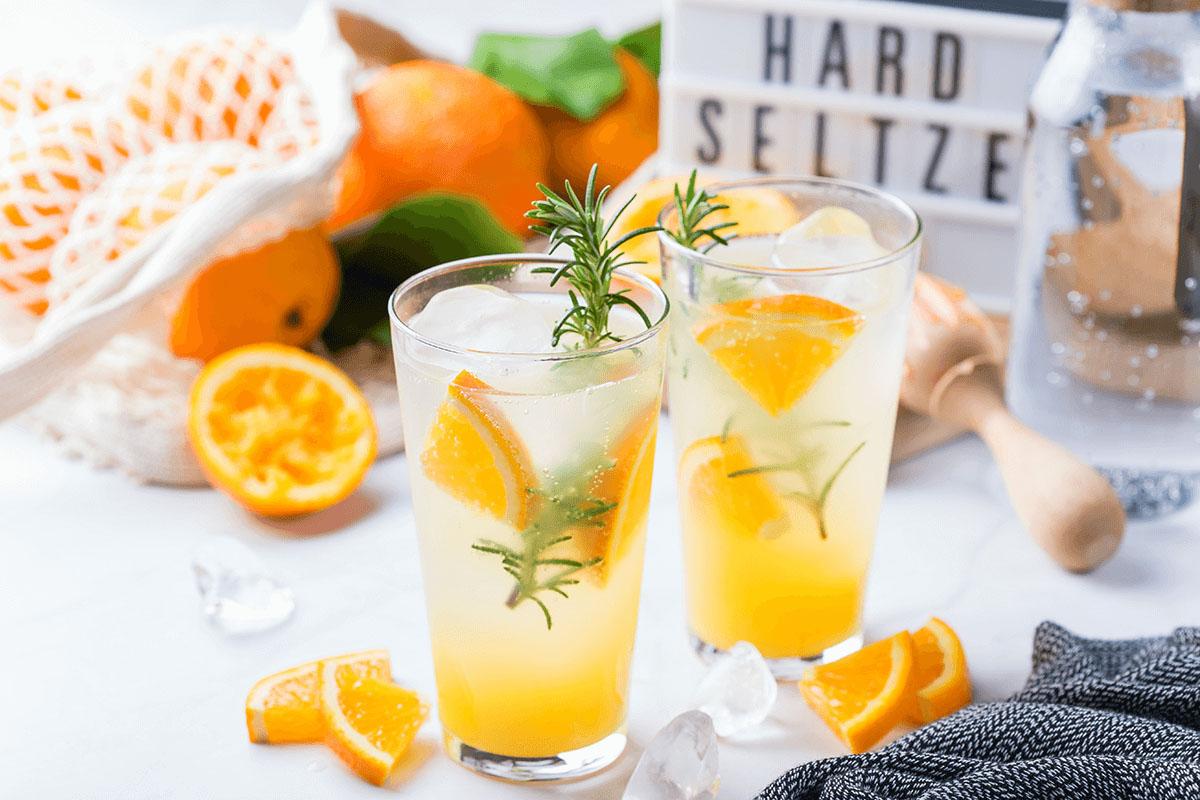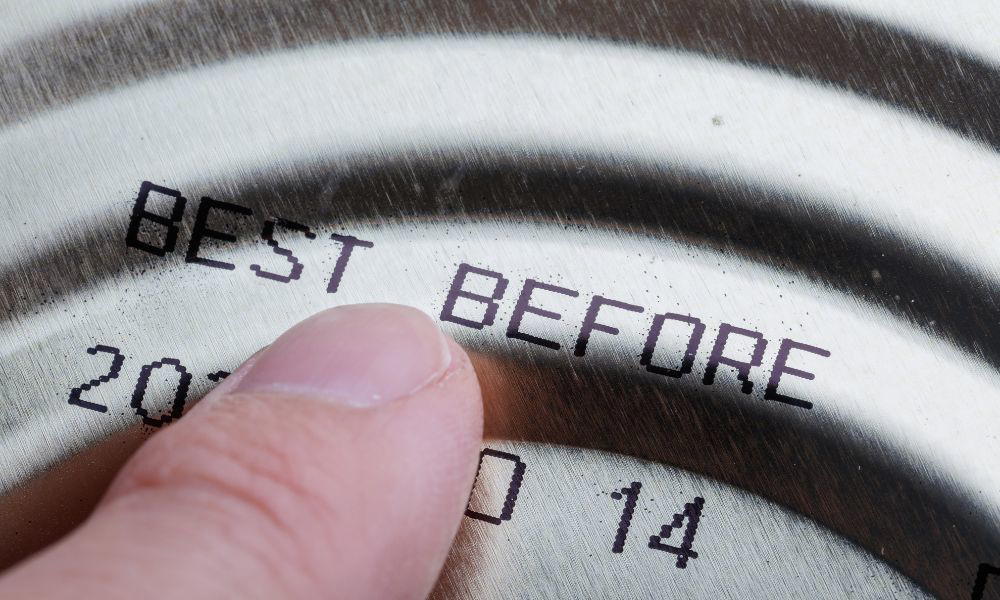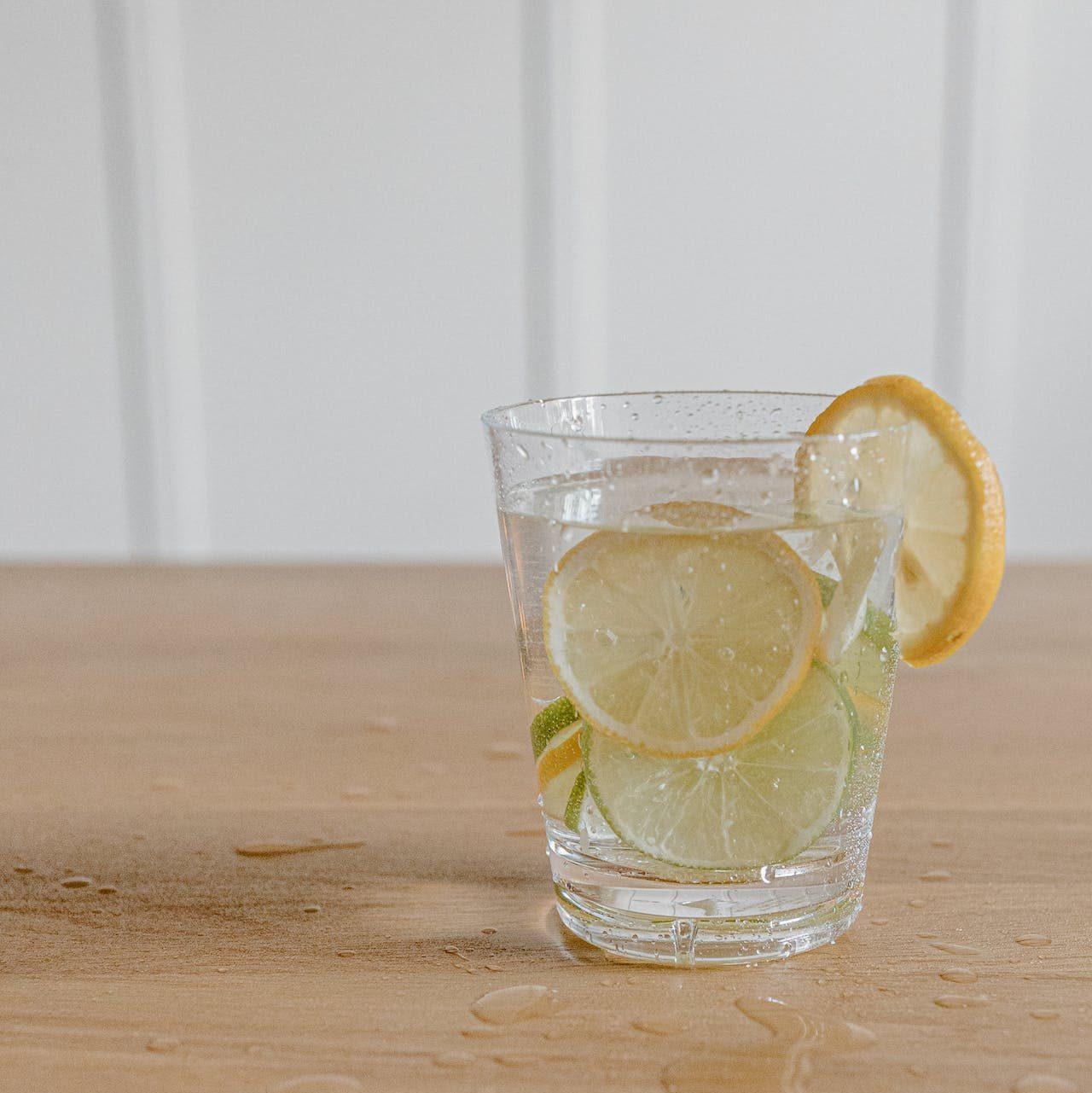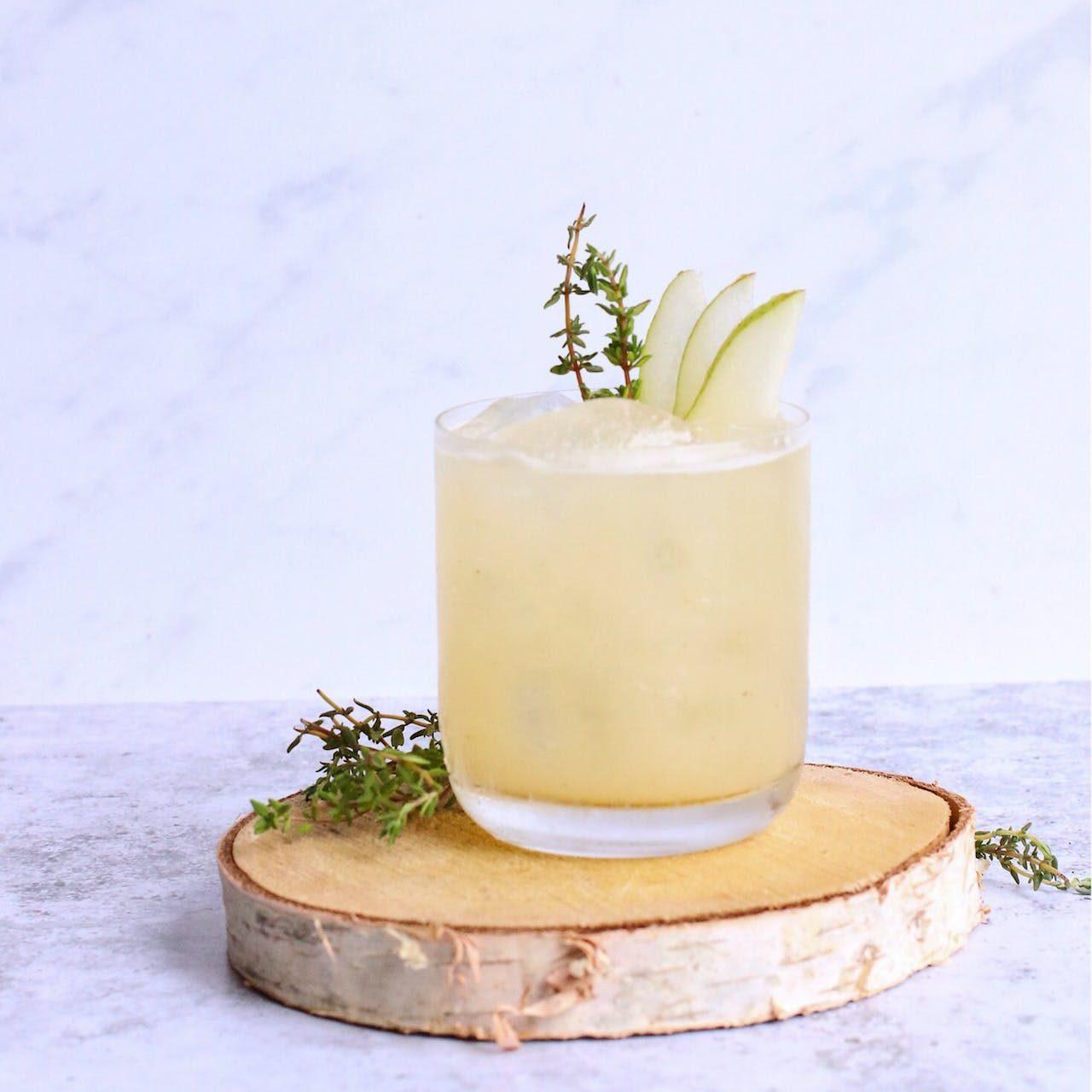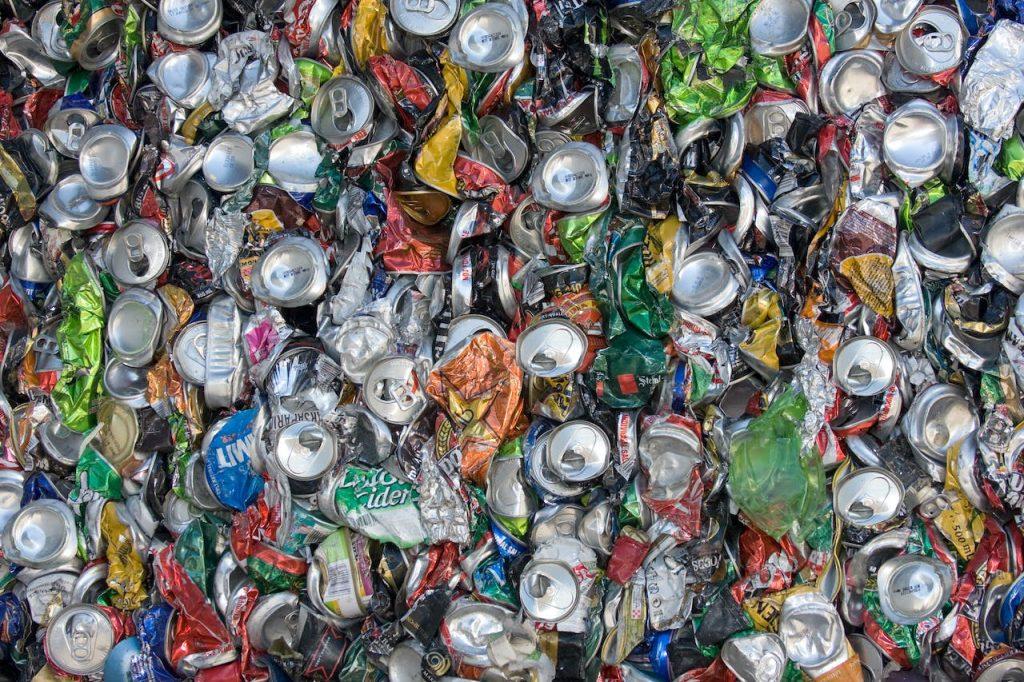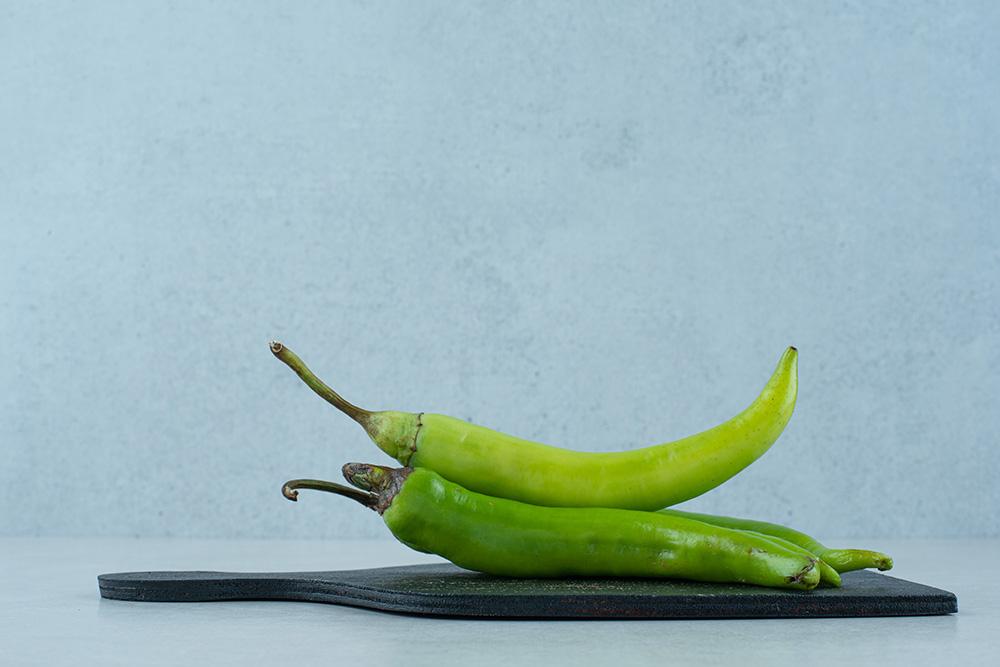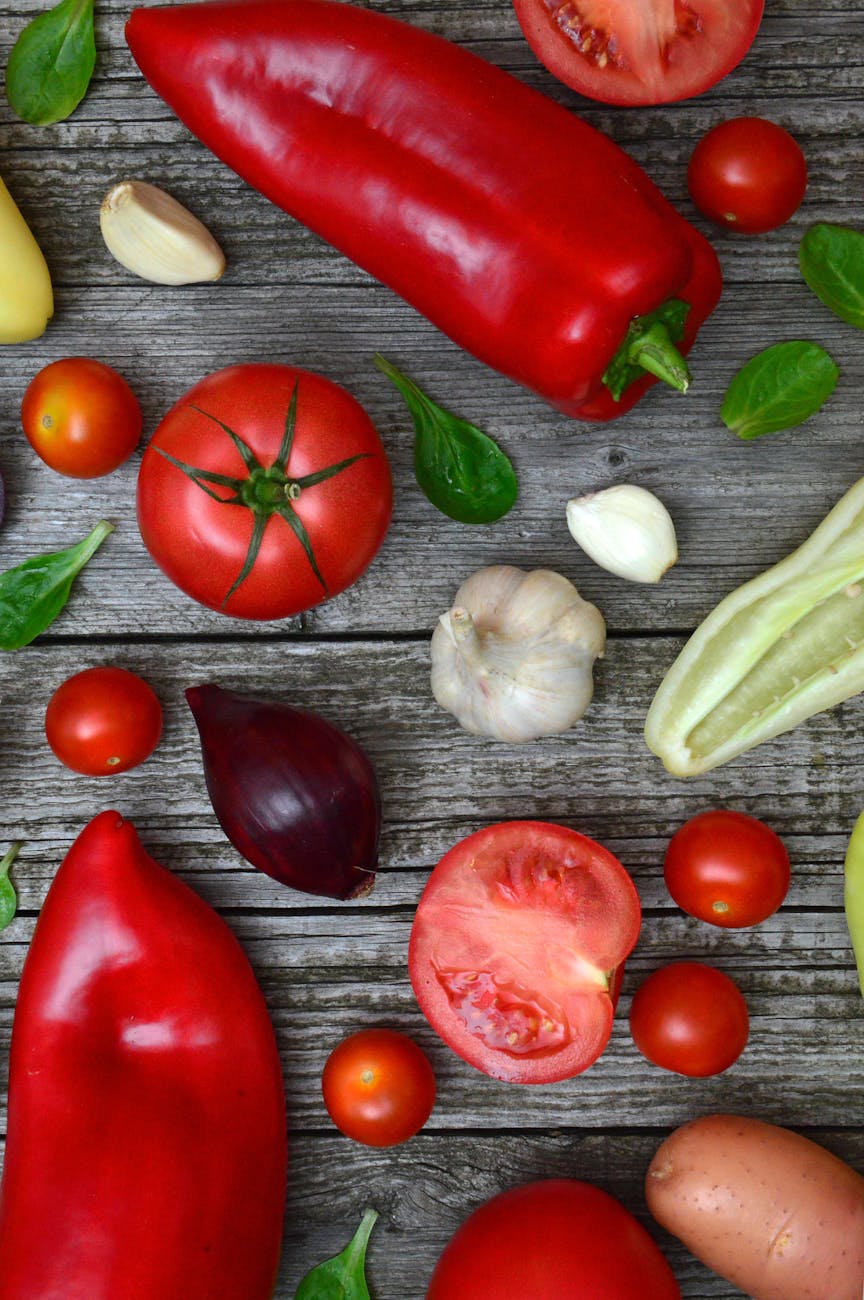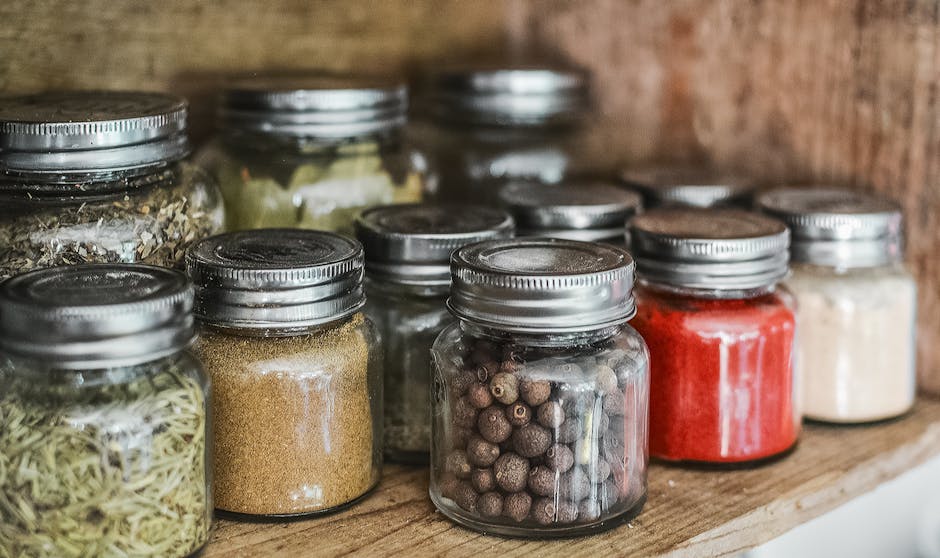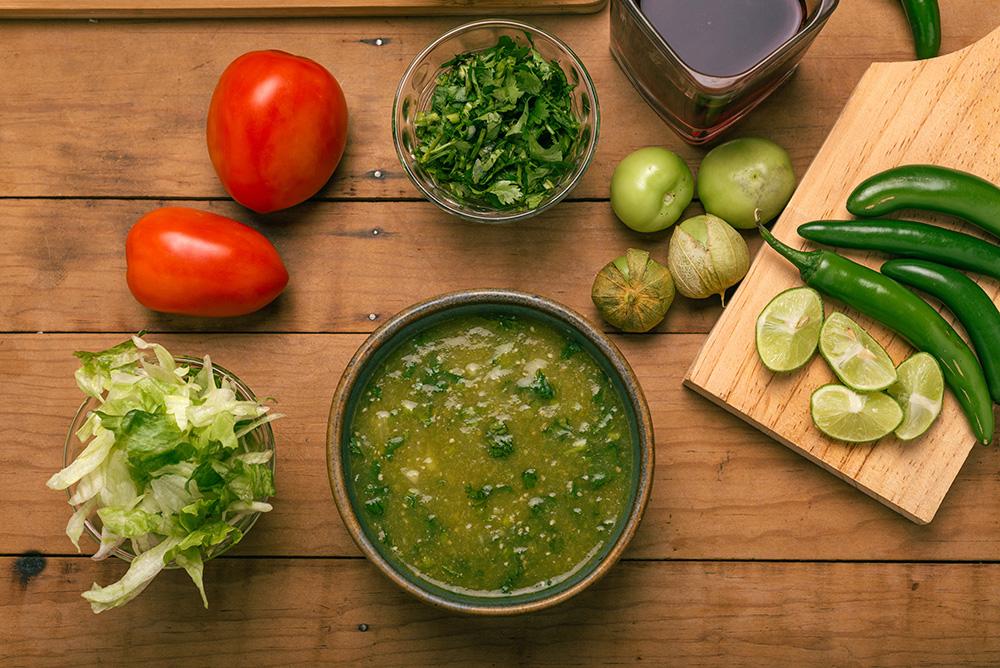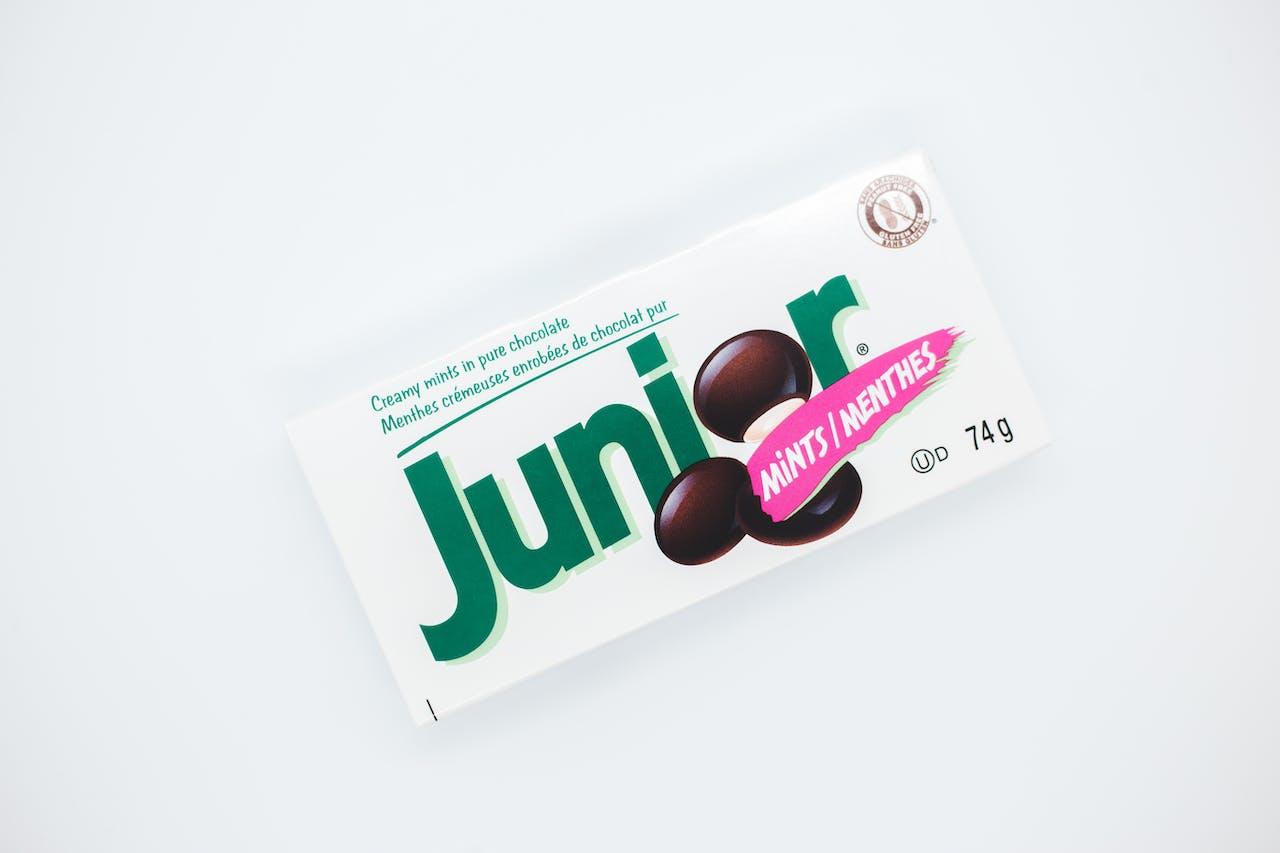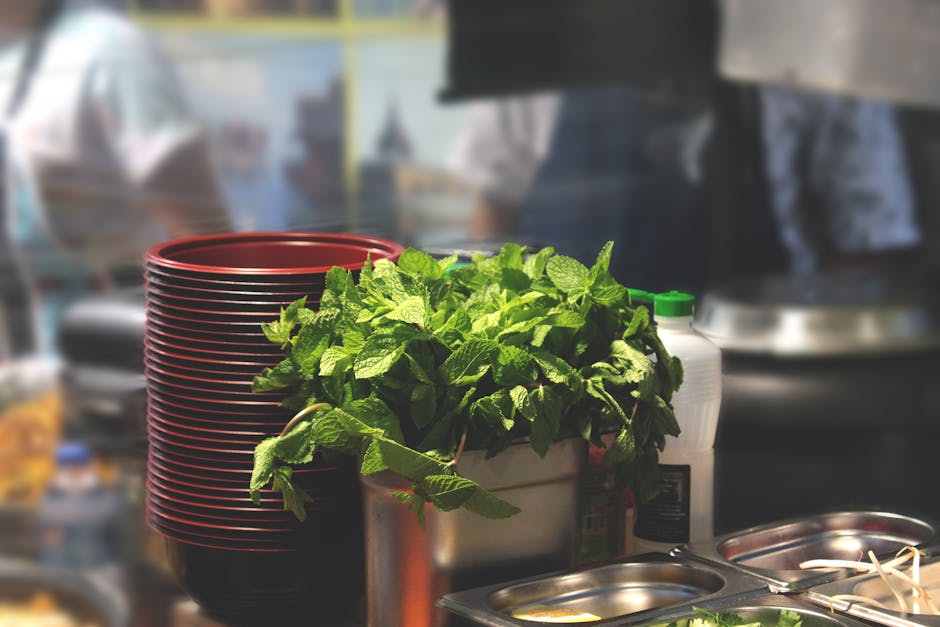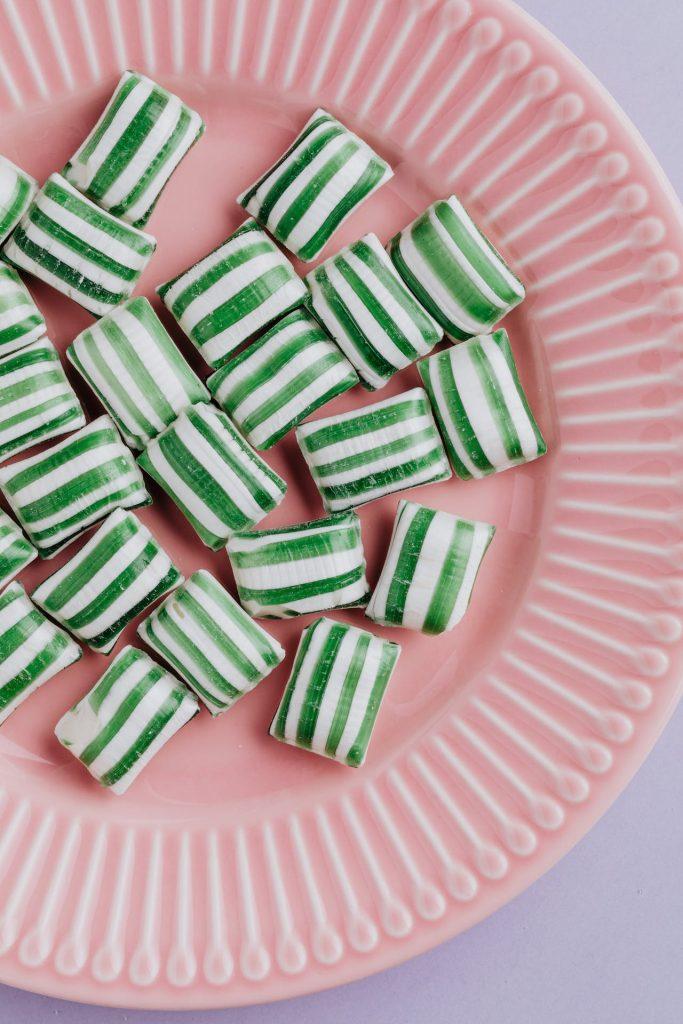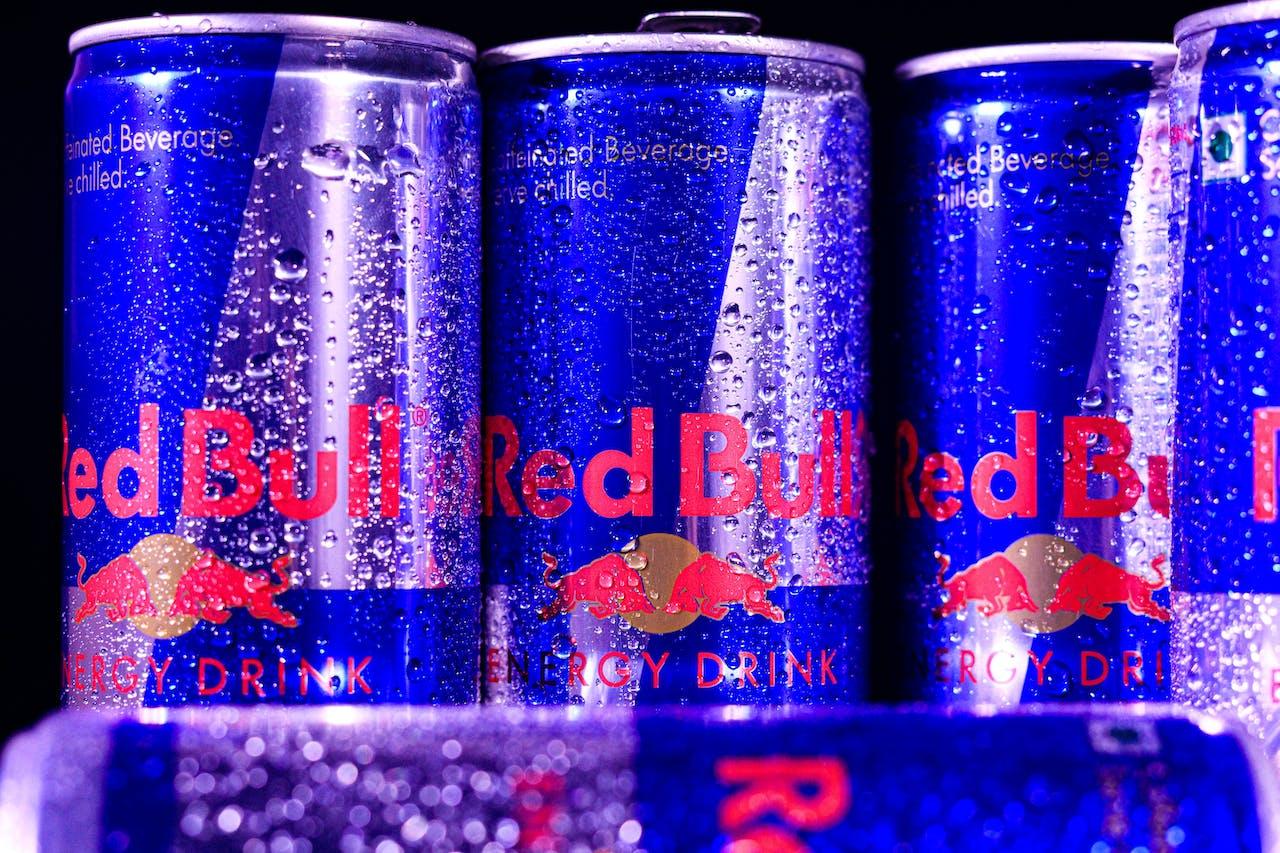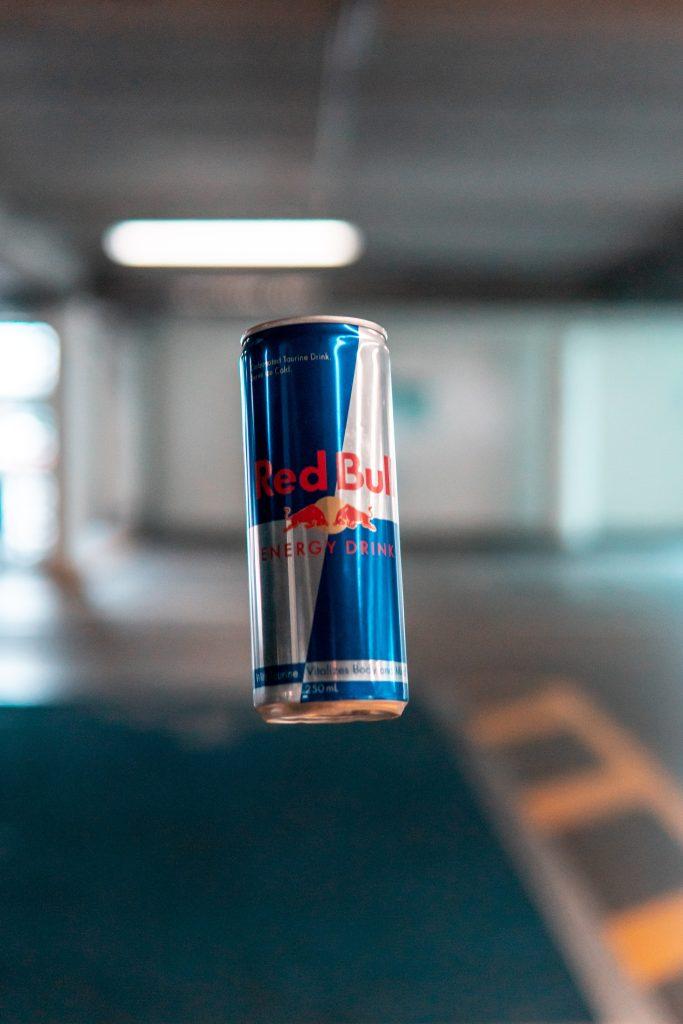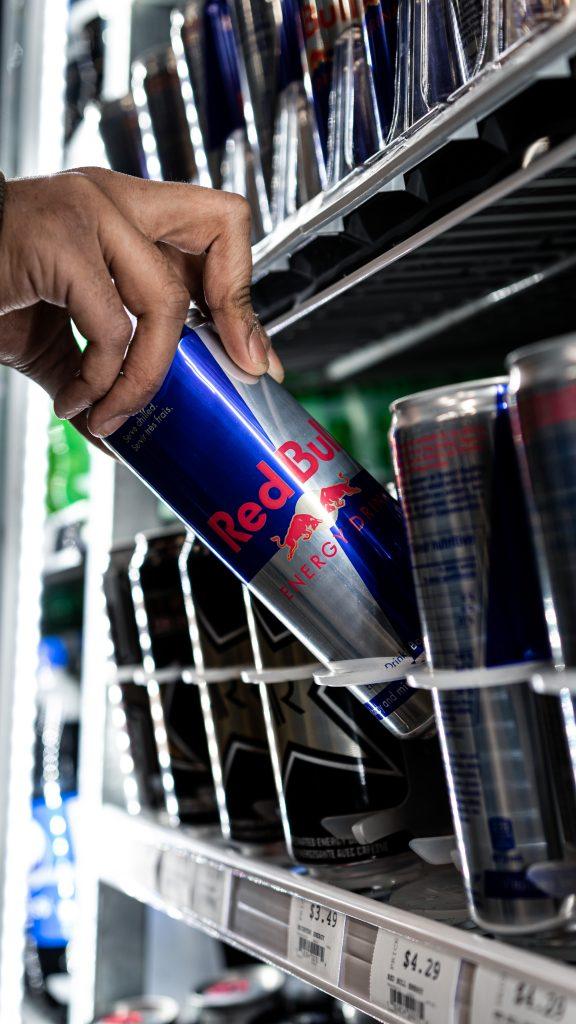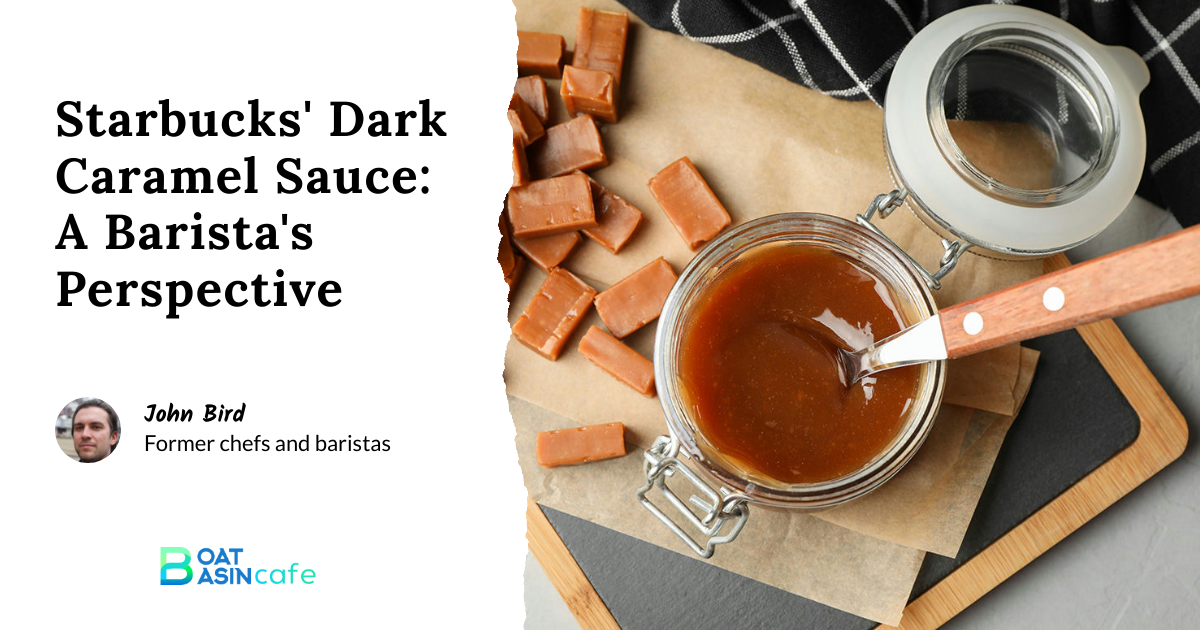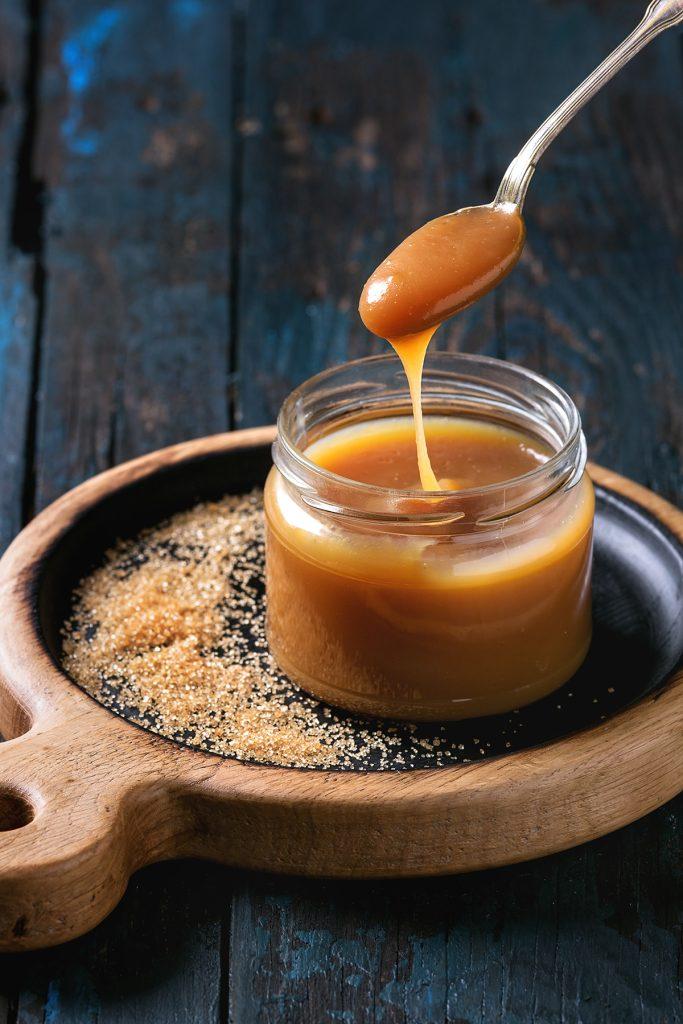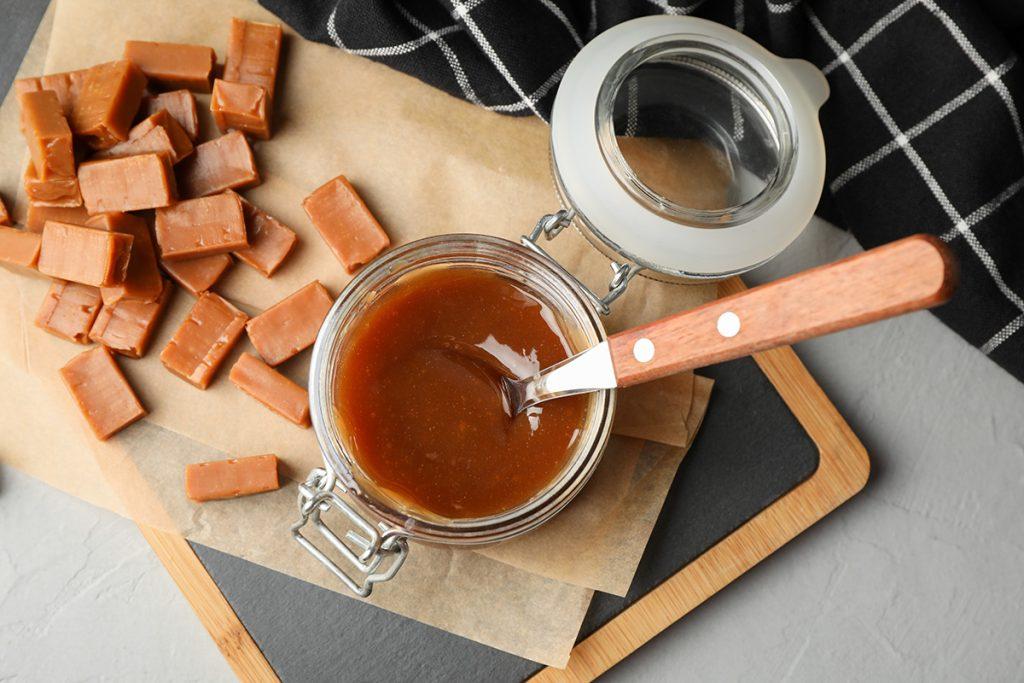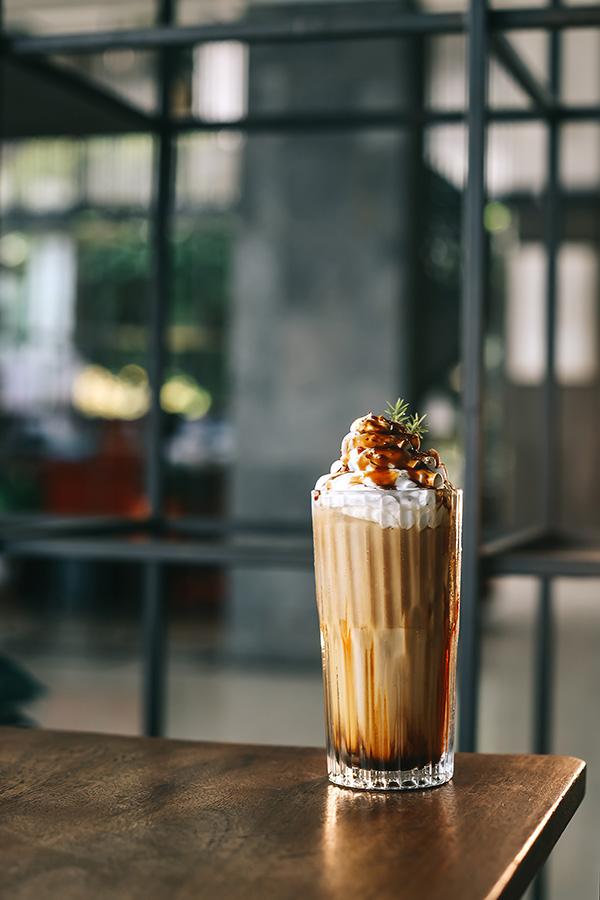I’ll never forget the day Sally stumbled into the cafe, frazzled after pulling an all-nighter at the hospital, and requested a quadruple shot latte with a dash of seltzer water. As I frothed the milk for her unusual concoction, she explained that the bit of fizz perked her up without triggering a sugar crash.
That seltzer spark was the start of my deep dive into the science beyond the bubbles. With little to no sugar, seltzer is a great choice for people with diabetes aiming to prevent blood sugar spikes.
Over my years slinging coffee and making small talk at the Boat Basin Cafe, I noticed more and more regulars opting for bubbly over sweetened beverages. Construction workers, nurses, even teenagers cramming for exams kept seltzer stocked in our fridges.
I noticed everyone at the cafe was ordering seltzer instead of soda. It got me wondering: is this bubbly water actually good for you? Could swapping soda for sparkling make a meaningful health impact? Would it be ok to drink seltzer everyday?
I embarked on a fizzy quest for the truth. And let me tell you, I wasn’t expecting some of the bubbles I popped!
[adthrive-in-post-video-player video-id=”YQRCP95a” upload-date=”2024-01-07T07:06:49.000Z” name=”It Safe to Drink Seltzer Water Daily?” description=”” player-type=”default” override-embed=”default”]
🥤 Is it Ok to Drink Seltzer Water Everyday?
For most healthy people, drinking plain seltzer water every day in moderation is perfectly safe and comes with some great benefits. We’re talking 2-4 cans max for the average adult. Beyond hydration, research shows it may support digestion, bone density, and weight management by displacing sugary beverages.
But before you grab that bubbly bottle and settle in for a fizzy fiesta, let’s dive deeper into the science beyond the bubbles. While seltzer certainly earns high marks from this barista-researcher, there are a few considerations for daily drinkers we need to explore…
💧 Hydration Hero: Seltzer vs. Still Water – A Refreshing Rivalry
H2-Oh Yeah!
Turns out, those bubbles don’t mess with hydration after all! Studies show our bodies handle seltzer just fine. Some even say the fizz helps water move through your system faster.
And hey, if the bubbles make you drink more, that’s a win! So, construction workers, nurses, and anyone else needing a delicious hydration boost, reach for the seltzer!
| Beverage | Hydration Rating |
|---|---|
| Still Water | ⭐⭐⭐⭐⭐ |
| Seltzer Water | ⭐⭐⭐⭐⭐ |
In fact, studies found the tingling carbonation may actually helps with water intake by stimulating more rapid gastric emptying and making fans drink more frequently due to its bubbly taste and cooling effect.
Based on the science, seltzer passes the hydration test with flying colors. For nurses pulling long shifts or construction workers sweating it out, a bit of bubble can make meeting your daily water needs more delicious.
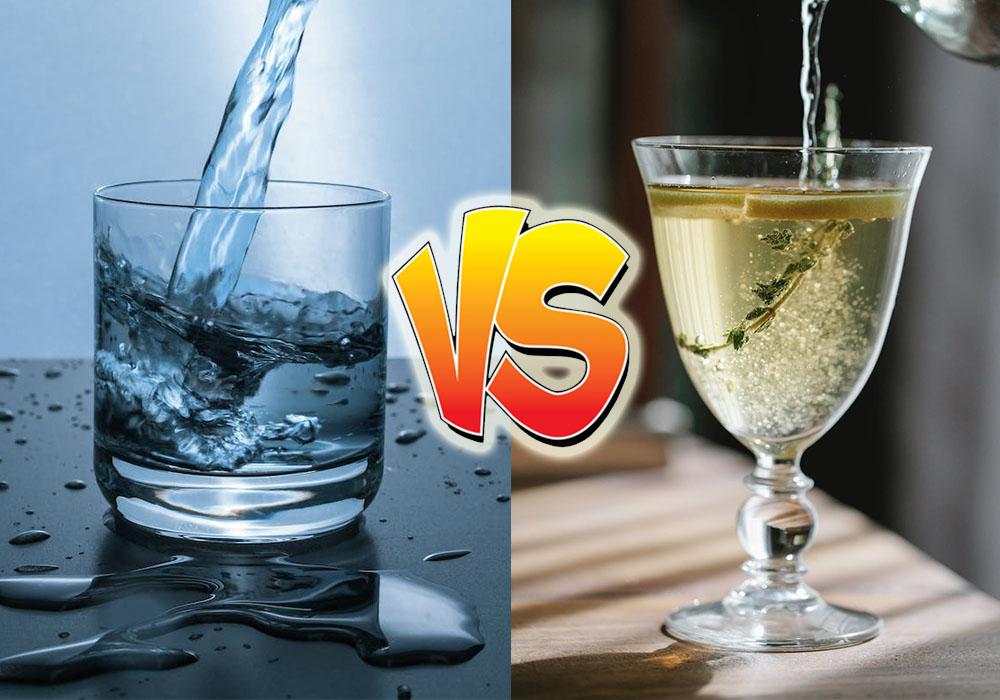
Cafe Confessions
Marie, one of our regular nurses, used to struggle with drowsy 3pm slumps until she discovered bubbly water on her break. “The bit of fizz wakes me up without spiking my blood sugar,” she told me. “It’s the perfect pick-me-up.”
Construction worker Ryan had a similar experience: “I used to down energy drinks until I felt my hands shaking. Now I keep lemon seltzer in my cooler. The lemon flavor cuts through the humidity and keeps me cool.”
My good friend Martin bought a mini fridge for his room to stock up seltzer for his gaming sessions. He told me that he used to forget to drink water and end up dehydrated after playing for a while and seltzer’s delicious bubbly taste reminds him to keep hydrated.
Based on the anecdotes and personal stories from my days behind the counter, seltzer clearly serves up hydration without the side effects of sugary drinks.
🍬 Calorie-Free Fizz: Ditch the Sugar, Embrace the Bubbles
Sugar Showdown
When I compared the cold hard nutritional facts between sodas and sparkling waters, the contrast was shocking. Check out this carbonated showdown:
| Beverage | Calories per 12oz can | Sugar |
|---|---|---|
| Coca Cola | 140 | 39g |
| Sprite | 140 | 38g |
| Plain Seltzer | 0 | 0g |
Guzzling back the equivalent of ten teaspoons of sugar in a single can of soda can wreak havoc on your health over time. Studies show excessive sugar intake is linked to tooth decay, obesity, diabetes, and other chronic diseases.
Yet opting for zero-calorie carbonation can eliminate hundreds of sugar-loaded calories per day. For the construction crews and medical teams relying on caffeine to power through busy days, seltzer is an ideal way slash sugar without losing that beloved bubbles.
Seltzer Savvy
With the recent flood of artisanal sparkling waters on the market featuring exotic flavors and funky fonts, however, it can prove tricky to decipher true seltzer from sodas parading around in natural clothing.
When opting for store-bought fizz, I always advise examining the ingredient label closely. Some beverages sneak extra sugars in under pseudonyms like “fructose”, “natural flavors” or “sucrose”—a clear sign of hiding sugars. For the purest plain seltzer with just simple CO2-infused H2O, I recommend carefully checking the nutrition label.
And for the ultimate control over what’s in your bubbly bev, I encourage trying your hand at homemade seltzer using Sodastream devices or DIY carbonation rigs. Our cafe crew often hosts “Fizzy Fridays” where we conduct taste tests of our wildest flavor experiments. Pineapple mint, anyone?
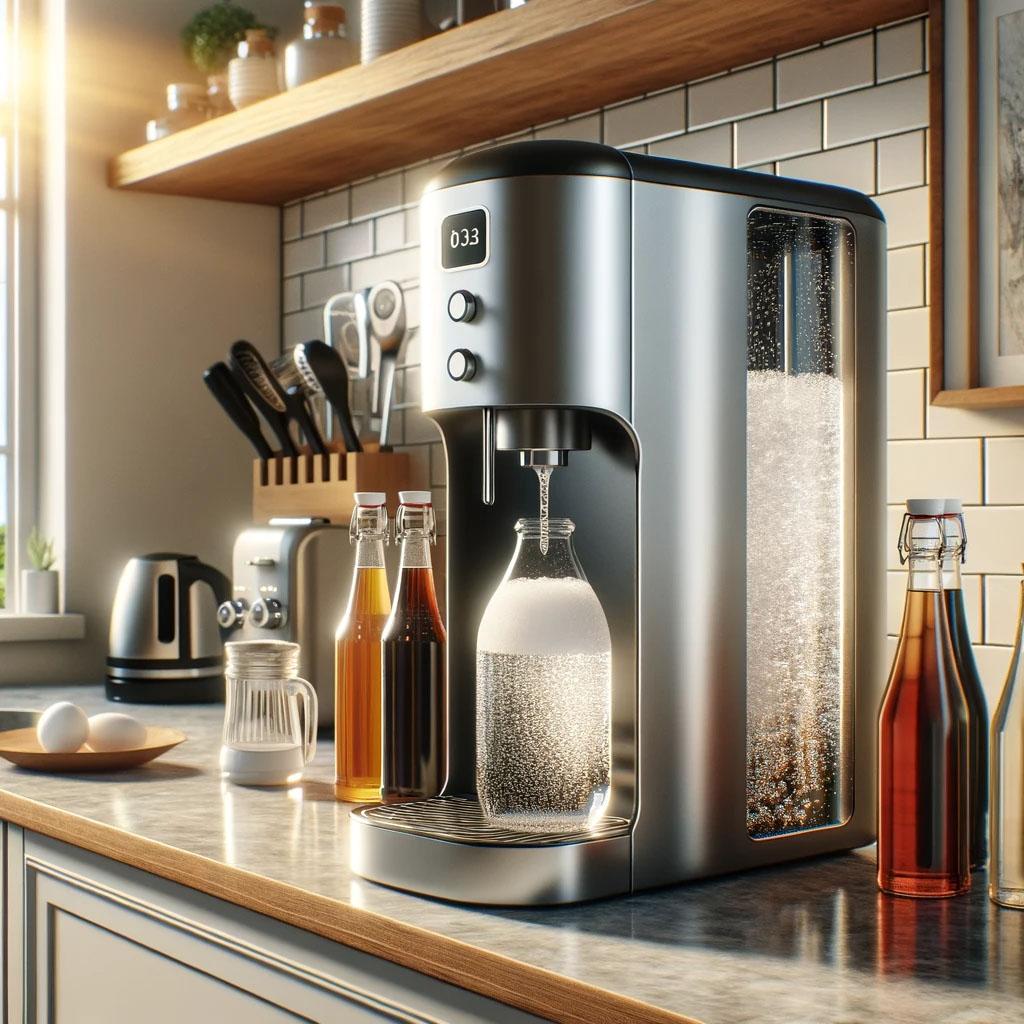
Cafe Calculations
To drive home the point about slashing sugar, I used to give customers a fun “seltzer savings” math challenge. First I’d ask how many cans of soda they typically drank per day. Then we’d multiply that by the 10 teaspoons of sugar in each can. Then came the magic seltzer swap calculation:
For example:
- 3 cans of soda per day
- ~39 g sugar per can
- Total of ~117 g of sugar from soda per day
Then compare with switching to sparkling water:
- 3 cans of sugar-free seltzer per day
- 0 g sugar per can
- Total of 0 g of sugar from seltzer per day
The results were always shocking. Some folks realized they saved over 200 teaspoons per week by opting for bubble water! Visualizing those heaping spoonfuls drives home just how much hidden sweetener lemonades and colas contain.
So next time you crave some fizz, save the sugar spike for special occasions. With plain seltzer, you can guzzle back good times without the health price tag!
🌀 Gut Feelings: Seltzer’s Digestive Dance (and When it Gets Funky)
Fizz & Fermentation
Beyond bubbles and hydration, could seltzer also boost our digestive health? Emerging research suggests the answer may be yes.
Studies indicate the carbonation can actually enhance water and nutrient absorption in the stomach. Fizzy bubbles may also promote “gastric emptying,” helping food move swiftly to our small intestines for digestion. For those prone to sluggish systems, a splash of sparkle with meals might support smooth sailing.
| Digestive Benefit | Explanation |
|---|---|
| Improved Absorption | Bubbles help break down food + enhance H2O/nutrient uptake |
| Regular BM’s | Carbonation encourages movement in digestive tract |
Seltzer may even feed our healthy gut flora. Recent findings suggest that CO2 encourages growth of probiotics like lactobacilli. For optimal digestion, I recommend pairing seltzer with fermented foods like yogurt, kefir, kimchi, or kombucha. Talk about good gut vibes!

Bubble Burps and Beyond
However, I must offer a refreshing reality check. While the research shows promise, seltzer is no cure-all for finicky digestive systems. The high levels of carbon dioxide can cause bloating, gas, and discomfort in some seltzer sippers.
During my years as a barista-therapist lending an ear as I steamed milk, I heard many first-hand accounts of seltzer mishaps. “I guzzled three cans during my shift yesterday and couldn’t stop burping!”, one red-faced nurse confessed.
For those prone to bubble troubles, try these Cafe Confirmed tricks:
- Sip slowly using a reusable straw
- Opt for “lightly carbonated” brands
- Drink seltzer only with meals to aid digestion
Finding your personal tolerance levels is key—we all have unique digestive dance moves! For those with chronic issues like IBS, experiment cautiously under a doctor’s guidance.
Cafe Conundrums
Speaking of guidance, I can’t resist sharing a hilarious (now infamous) cautionary tale from my early days as an overly eager barista-in-training:
One busy Friday morning, I overheard a customer complaining of chronic constipation. Having just learned about seltzer’s digestion-friendly fizz, I brightly suggested he remedy his woes with our new cucumber-mint flavor. Thrilled to finally put my training into practice, I confidently send him off with a 2-liter bottle, never imagining what would ensue…
Cue the poor fellow sheepishly returning a few hours later, panicking that “You never warned me this stuff was like liquid laxatives!” As it turns out, overdoing the bubbly beverage had explosively backfired. After profusely apologizing and giving him a change of clothes, we ultimately shared a good laugh. But let’s just say I keep sample sizes of new flavors handy these days!
While we may never see that customer again, it taught me an important lesson about personalized approaches. When it comes to seltzer and your gut, start slow and get to know your unique fizz tolerance!
🦴 Bone Boost? The Seltzer and Mineral Density Mystery
Mineral Magic
To build resilient bones at any age, what matters most is getting those key nutrients: calcium, magnesium, phosphorus and vitamin D. Alongside sufficient seltzer intake, emphasize these bone-builders in your diet:
- Leafy Greens – calcium, vitamin K
- Yogurt – calcium, probiotics
- Soy beans – isoflavones
- Salmon – vitamin D
I also love whipping up “Bone Boost Smoothies” with dairy milk, oranges, spinach and pumpkin seeds. Delicious and nutritious!
Cafe Quizzes
To help customers learn about bone health, I used to host Bone Density Info Sessions with free smoothie samples. We’d end with pop quiz questions to reinforce key facts. Try your calcium IQ with a few of my favorites:
1. What food has more usable calcium than milk?
- Broccoli
- Kale ✅
- Cheese
2. Which type of milk has the highest amounts calcium and vitamin D?
- Almond
- Soy
- Dairy ✅
3. True or false: Weight-bearing exercise is critical for bone health
- True ✅
Bubbly bonus: What drink may improve calcium absorption? Seltzer water! ✅

Bloating Bonanza: Taming the Fizzy FOMO
While conducting my seltzer research, the biggest gripe I heard was about carbonation causes discomfort, gas and bloating. My heart went out to Susan, who gave me a confession after anxiously eyeing our new kumbucha seltzer:
“Oh, I wish I could enjoy the ginger fizz like everyone else! But I have IBS and carbonation causes awful cramps.“
For those with chronic digestion issues, the fear of bloat can create real fizzy FOMO. The good news? With some savvy tweaks, you can find your unique seltzer sweet spot…
IBS Insights
If you have irritable bowel syndrome, try these Bubble Troubleshooting Tips:
| Goal | Method |
|---|---|
| Lower Carbonation | Opt for “lightly carbonated” or plastic bottle brands |
| Test Tolerance | Start with 1/2 cup seltzer diluted with water |
| Aid Digestion | Only drink seltzer with meals |
You can also experiment with different ingredients. Some IBS folks find citrus flavors like lemon and lime aggravating. Herbal varieties like ginger or mint may have anti-inflammatory benefits.
And instead of artificially carbonated water made by forcing in CO2, try gently bubbly brands that use natural spring sources. They have a lighter effervescence that may be more gut-friendly.
Cafe Comfort
I’ll never forget Marissa, an IBS regular who after much experimenting discovered she could enjoy a specific seltzer without issues. “I can only handle about 1 cup of lemon seltzer right after lunch,” she told me. “But just that little fizzy treat feels so satisfying!”
Finding your unique seltzer sweet spot takes some trial and error. But for most people, small amounts with meals are unlikely to cause problems. Don’t deny yourself the joys of fizz — just get to know your body and enjoy seltzer in moderation as part of a gut-healthy lifestyle.
💭 Uncommon Fact: The Carbonation Conundrum
Naturally Bubbly
Ever notice how seltzer from a fresh mountain spring seems to dance on your tongue differently? The natural minerality adds a smoothness and delicate froth that never turns sharp. As a seltzer connoisseur, I infinitely prefer these gentle bubbles over the bite of artificial soda carbonation.
| Trait | Natural | Artificial |
|---|---|---|
| Source | Underground springs and wells | Forced in via CO2 |
| Feel | Soft, delicate bubbles | Sharp, “stinging” bubbles |
| Taste | Hints of minerals | Pure H2O + CO2 |
Some iconic brands known for artisanal natural carbonation include:
Mountain Valley – This Arkansas gem sources from local springs with over a dozen trace minerals. The crisp, gentle bubbles have a silky effervescence.
Gerolsteiner – Hailing from Germany’s Volcanic Eifel region, this gold standard in mineral water captures both pure sparkle and hints of calcium, magnesium and potassium.
Blind Taste Test
Want the refreshing revelation for yourself? Gather two seltzer brands – one naturally carbonated, one artificially sodated. Have a helper label them #1 and #2.
Then taste test each one slowly, noticing textural and flavor nuances. Which one dances with natural vibrance?
Cafe Connoisseurs
Once I discovered the sublime taste of gentle natural carbonation, our cafe proudly began serving Mountain Valley seltzer on tap. Despite the premium price, customers appreciated the clean, smooth effervescence. “It just tastes more fresh and alive!” our seltzer aficionados would beam.
So next time you grab a bubbly bev, consider seeking out a brand naturally carbonated at the source for the ultimate refined fizz experience. Your tastebuds will thank you!
FAQs
Can I drink seltzer water every day, or is it bad for you?
For most healthy people, enjoying plain seltzer water daily is perfectly safe and comes with hydration perks. Moderation is key – 1-2 cans max is recommended.
I have sensitive teeth. Will seltzer water damage them?
The acidity may cause issues for some. Using a straw, drinking quickly, and rinsing with water can help. Choose less acidic flavors too.
I have digestive issues. Can seltzer water make them worse?
It may cause bloating or discomfort. Start with small servings, avoid gulping, or try naturally carbonated brands. Check with your doctor.
Is seltzer water actually good for your bones?
Early research says maybe! The carbonation may help calcium absorption. But get nutrients from food too and don’t overdo the bubbles.
Is seltzer water good for weight loss?
By displacing sugary drinks, it can indirectly support weight management and blood sugar regulation. But no direct fat burning magic!
Are flavored seltzers healthy?
Some have sneaky added sugars or artificial ingredients. Check the labels for “naturally flavored” and low calories or aim for plain seltzer with fresh fruit.
How much sugar is in flavored seltzers?
It ranges widely! Spindrift uses 4g per 12oz but many popular brands like La Croix contain no sugar. Always check the label.
What are the best natural flavors for seltzer water?
Fresh lemon, lime, cucumber, berries, ginger, mint, melon, pomegranate, or orange slices!
Can I make my own flavored seltzer water?
Absolutely! Use fresh fruit, herbs, juices or all-natural extracts to concoct your own bubbly potions. Get creative with combinations.
Is seltzer water better than soda?
Definitely! Plain seltzer avoids thousands of sugar calories, caffeine, and other unhealthy soda ingredients. The bubbles offer perks minus the drawbacks.
Is seltzer water better than tap water?
It depends! Tap provides pure hydration, while seltzer offers a more interesting flavor profile. Having both keeps tastebuds happy!
What are some healthy alternatives to sugary drinks?
Plain or fruit-infused water, herbal tea, black coffee, lowfat milk, or small amounts of 100% fruit juice all make nutritious, low-calorie options.
How can I make plain water more interesting than seltzer?
Add fruit slices, cucumber, herbs, zest, or all-natural flavor drops. When a fizzy craving strikes, enjoy seltzer! Having variety is healthy.
Are seltzer water bottles environmentally friendly?
Like all single-use plastics, they require fossil fuels and often end up polluting oceans. Choose aluminum cans, glass bottles, or reusable containers instead.
What are the sustainability issues with seltzer water?
Manufacturing cans and transporting heavy bottled water leaves a large carbon footprint. Plus, they clog landfills and harm marine life when improperly disposed.
Can I use a reusable bottle for seltzer water?
Yes! Use a bottle designed for carbonation pressure, add a carbonation tablet like Alka-Seltzer, or buy a home carbonation device.
How much seltzer water is too much?
Moderation is key. For most healthy adults, 3 cans (12 oz each) per day is considered a safe amount. More may risk bloating, tooth decay, or nutrition issues if it displaces meals. Best to sip slowly and tune into your body.
Can seltzer water make you gassy?
Yes, it can! Carbonation produces gas bubbles in the digestive tract, which must then…be released. Some tips: Choose less fizzy brands, don’t gulp, avoid carbonation sensitivities like citrus. Getting used to bubbles helps too!
What are the best brands of seltzer water for sensitive teeth?
Dentist-recommended picks include fluoride-infused Trace Minerals, smooth dental-defense AktivOxigen, or low-acid Smoothie Cleanse. Sparkling Ice is also considered tooth-friendly.
What are some creative ways to drink seltzer water besides plain?
Get creative with fruit slices, herb infusions, bitters, juices, purees, or all-natural flavor extracts! Use seltzer in slushes, popsicles, cocktails, mocktails, smoothies, and sparkling shrubs. The bubbly possibilities are endless!
Conclusion: Finding Your Seltzer Sweet Spot
When it comes to seltzer consumption, the most important rule is listening to your unique body. While the research shows great promise for hydration, digestion, bone health and cutting sugar, individual needs vary. Try out the tips and tricks in this article, but remember: moderation and awareness are key!
I suggest mixing seltzer with regular water to enjoy both benefits. For a refreshing change of pace, play around with our Cafe Crew’s favorite “seltzer spritzer” recipes like cucumber melon mint or pomegranate acai. Just keep sweeteners minimal and savor that satisfying zero-calorie fizz.
Bubbles up to vibrant health! Wishing you all the fizzy joy your body craves. And if you’re wondering if does seltzer expires, check out our companion article exploring seltzer shelf life and storage for the fizzy obsessed.
Research on Seltzer’s Health Benefits:
- National Institutes of Health (NIH): “Carbonated Beverage Consumption and Hydration:** https://www.ncbi.nlm.nih.gov/pmc/articles/PMC2908954/
- Journal of Bone and Mineral Research: “Sparkling Mineral Water Consumption and Bone Mineral Density in Postmenopausal Women:** https://pubmed.ncbi.nlm.nih.gov/33357833/
- National Center for Complementary and Integrative Health (NCCIH): “Digestive Disorders:** https://www.niddk.nih.gov/about-niddk/research-areas/digestive-diseases
